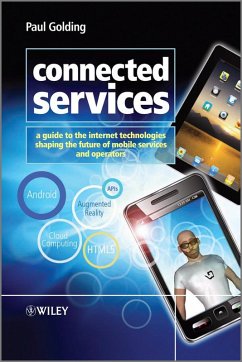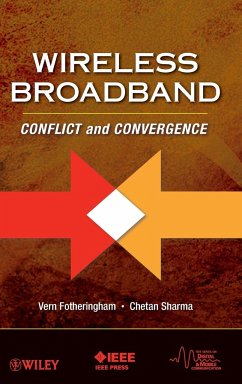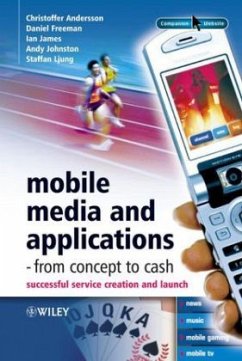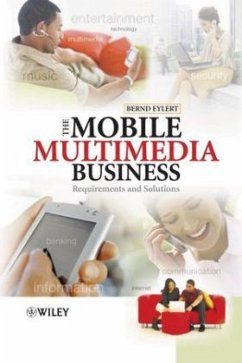
Short Message Service (Sms)
The Creation of Personal Global Text Messaging
Herausgeber: Hillebrand, Friedhelm

PAYBACK Punkte
31 °P sammeln!
Contributions from Finn Trosby, Kevin Holley, Ian Harris Written to celebrate the 25th anniversary of SMS standardization by the people who produced the standards, Short Message Service (SMS): The Creation of Personal Text Messaging, describes the development of the SMS standard and its ongoing evolution. The standardization of SMS started in February 1985 as a part of the creation of the second generation digital cellular system GSM, and the 25th anniversary of the first work on SMS provides an opportunity to review and understand how this service was developed. The book also looks to the fut...
Contributions from Finn Trosby, Kevin Holley, Ian Harris Written to celebrate the 25th anniversary of SMS standardization by the people who produced the standards, Short Message Service (SMS): The Creation of Personal Text Messaging, describes the development of the SMS standard and its ongoing evolution. The standardization of SMS started in February 1985 as a part of the creation of the second generation digital cellular system GSM, and the 25th anniversary of the first work on SMS provides an opportunity to review and understand how this service was developed. The book also looks to the future, as a large number of new GSM and evolved GSM phones will support SMS as a mass market high availability messaging service, a new simple Multimedia Messaging Service (MMS) suitable for use by everyone and for implementation in every new terminal is proposed. * One of the only books which covers the complete SMS genesis from concept ideas to standardization of a first technical solution and its evolution to the present day. * Describes the service concept including the limitation of the message length to 160 characters and explains the rationale behind the concept. * Based on existing and newly retrieved documentation. * Concludes that SMS has a long future since most future GSM phones will support SMS as the only messaging service, and so an SMS evolution is put forward.












